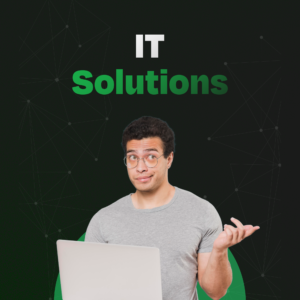The process of creating, coding, testing, and maintaining software applications is known as software development. It serves as the foundation for contemporary technology and spurs innovation in a number of current industries, including healthcare, banking, entertainment, and education. Besides, robust software development empowers companies to streamline operations, boost output, and provide outstanding user experiences.
Current Trends in Software Development
1. Agile and DevOps Methodologies
Agile and DevOps have become the gold standards in software development methodologies. Agile emphasizes iterative development, collaboration, and customer feedback, allowing teams to adapt quickly to changes. DevOps extends Agile principles by integrating development and operations teams, fostering a culture of continuous integration and continuous delivery (CI/CD). What’s more,these methodologies enhance efficiency, reduce time-to-market, and improve product quality.
2. Microservices Architecture
Microservices architecture involves breaking down applications into smaller, loosely coupled services that can be developed, deployed, and scaled independently. This approach offers greater flexibility, scalability, and resilience compared to monolithic architectures. Morever, it also enables teams to use different technologies and programming languages for different services, optimizing performance and innovation.
3. Cloud-Native Development
Cloud-native development leverages cloud computing platforms to build and run scalable applications in dynamic environments.
Furthermore, Using containers, microservices, and serverless computing, developers can create applications that are flexible, resilient, and easy to manage. Cloud-native development supports rapid deployment, scalability, and cost-efficiency, making it ideal for modern applications.
4. Artificial Intelligence (AI) and Machine Learning (ML)
Additionally, AI and ML are transforming software development by automating complex tasks, improving decision-making, and enhancing user experiences. Howerver, AI-driven tools can assist in code generation, debugging, and testing, significantly reducing development time and effort. ML algorithms enable predictive analytics, personalized recommendations, and intelligent automation, adding value to software solutions.
5. Progressive Web Apps (PWAs)
Although ,progressive Web Apps combine the best features of web and mobile applications. PWAs are designed to work offline, load quickly, and provide a native app-like experience on the web. Lastly they are increasingly popular due to their ability to deliver seamless user experiences across different devices and platforms without the need for app store downloads.








